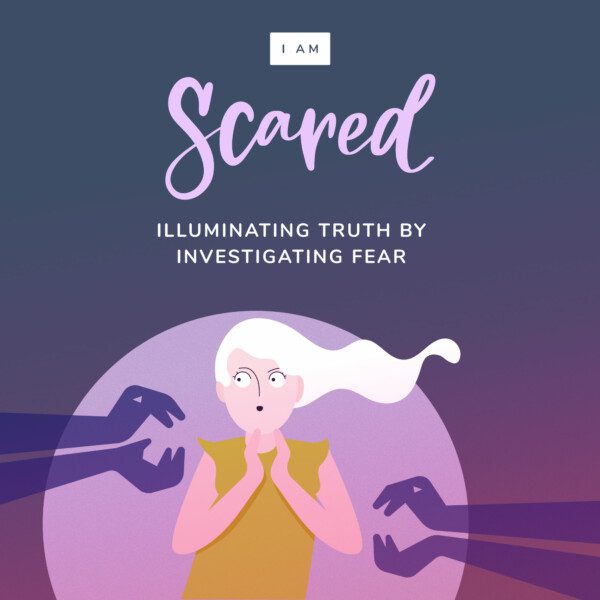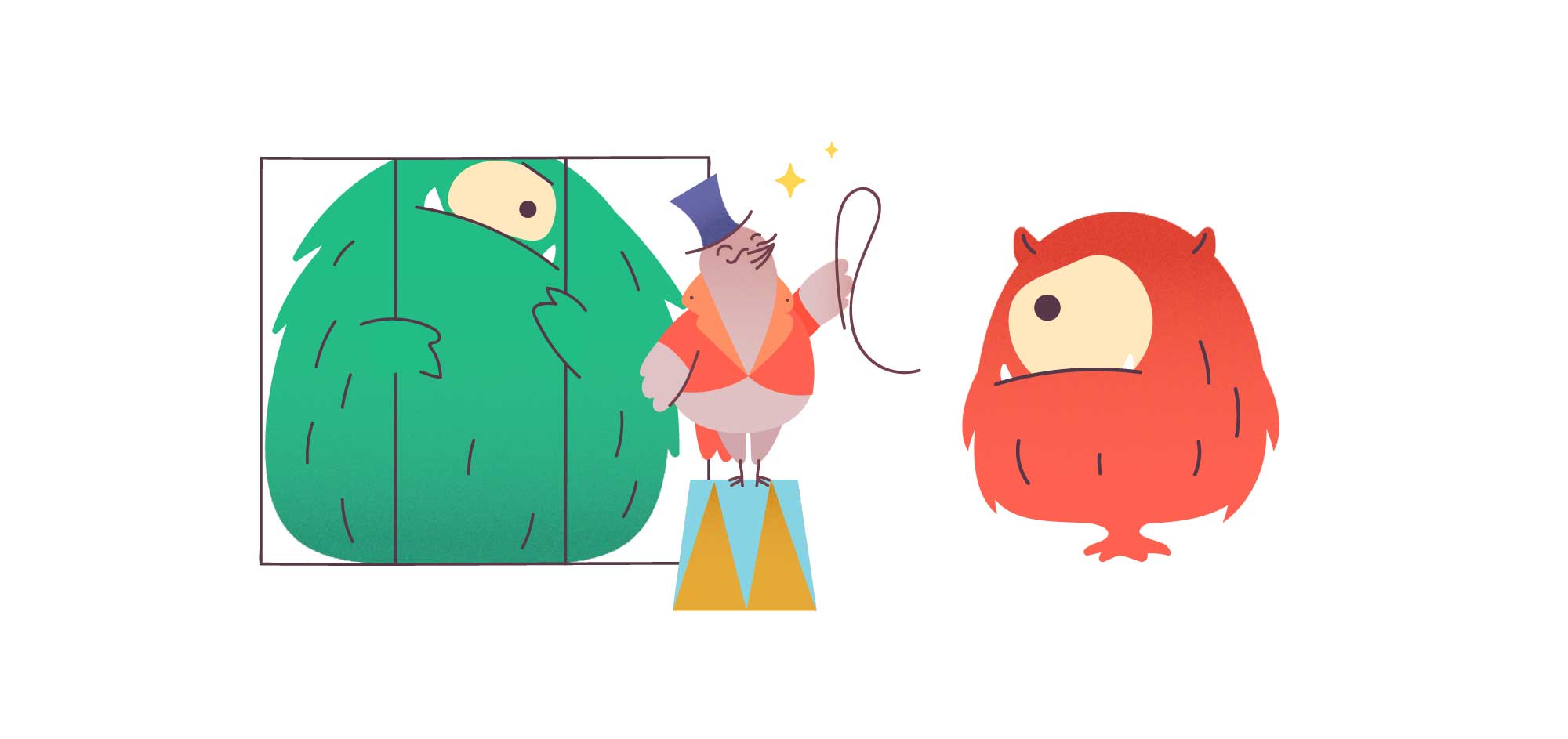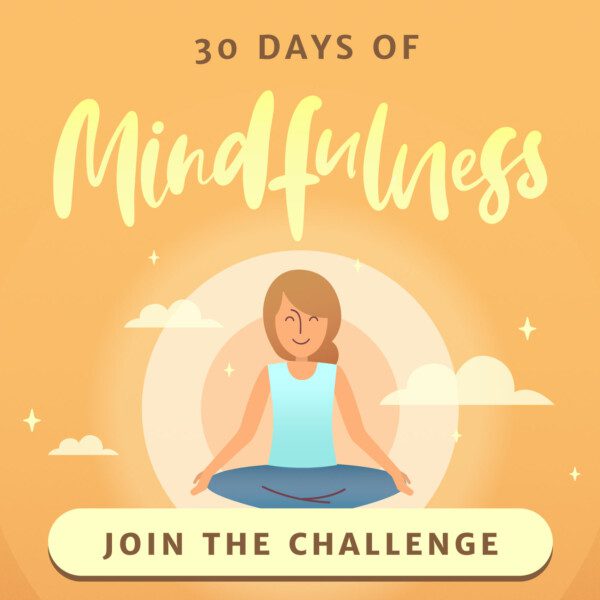My throat grew tight. My palms were sweaty. My breath shortened, refusing to fully expand or contract. Nausea brewed in the pit of my belly. I was about to walk on stage and speak in front of 200 people. For three hours. Running away seemed like a viable option.
No one would chase me. I can change my email address so they can’t get in touch with me. I can hide forever. I never want to do this again.
Public speaking is one of the most common fears in the United States of America. We can all relate to that sickening feeling before stepping out in front of people; people who most likely admire us for what we’re doing, but seem far more threatening to our minds.
Fear is certainly not limited to extreme situations, like public speaking or standing on a tall building looking down. There are many ways in which fear subtly influences our lives. Fear is an interesting emotion. It bypasses the usually emotional processing centers in our brains, acting quickly and influencing us subconsciously. (1) Give this unique neurological pathway, fear can impair our decision-making skills, and even shape our impressions and opinions. (2)
According to Buddhism, there are two kinds of fear: healthy fear and unhealthy fear. Certainly, you want to avoid a neon spider in the Australian jungle that’s known to be poisonous. Your body automatically reacts to the stimulus, alerting you to the danger and saving your life.

The other kind of fear, unhealthy fear, is rooted in delusion. It sounds a little harsh. No one likes being called “delusional.” They call it this because the stimulus causing our fear is something ultimately outside of our control, like getting cancer, a business failing, a relationship ending, even dying. When we’re controlled by delusional fear, we try to craft our lives so that we might avoid these outcomes.
I won’t start a company because it might fail.
I’ll be the first to end the relationship, because I don’t want my heart broken.
I can’t go visit my granddaughter because the airplane might crash.
This kind of existence is stifling. We’re living from a place of negativity, avoidance, and a narrowed vision. Simply put, we lose what makes us feel alive. (3)
This doesn’t mean we should be reckless, neglecting the healthy fear that keeps us alive. Instead, it’s our job to become more mindful of all the ways in which fear controls us, choosing which fears we want to keep, and which ones we want to discard.
Have you ever anticipated the outcome of an upcoming conversation or exam and the real outcome wasn’t nearly as bad as you’d thought? These are the stories we can work with and shape so we’re not always avoiding situations we think will be horrible. Life is about taking chances, challenging our preconceived notions, and fear is a great emotion to work with when stepping outside our boundaries.
Here's a process you can use when fear starts creeping into the driver’s seat of your life. Set aside some time and go through each step, taking as much time as you need. The more intimate you become with your fear, the more likely you are to be free of its influence:

Aware
1. Identifying Your Fear
When you notice fear has crept into your mind and body – maybe you feel the tension in your chest, an increased heart rate, weakness, hot and cold sweats (4) – take a moment to pause and call it out. “Oh, this is fear.”
Just by identifying your fear, it will start to deflate. Often our fears build because we aren’t giving them conscious attention, like a child acting badly because the adults are talking. Fear just wants to be noticed. Once it is, you can start developing a new relationship.
Allow
2. Inviting Your Fears In
When we judge our fear or push it away, we’re rejecting a part of ourselves that’s feeling threatened. Fear desperately wants to be heard. What would it be like if you actually listened to what it had to say instead of pushing it away?

“Even though it’s my dream, I’m afraid to start a business because if I fail, everyone will think poorly of me.” When we recognize the story behind our fear, it becomes malleable. Our biological response to fear, both healthy fear and unhealthy fear, is the same. The only way to fundamentally change a particular story that keeps triggering our fight-flight-freeze response is to become intimate with the story behind our fear.
Investigate
3. Gaining Clarity
Now that you’ve given your fear permission to share what’s going on in your subconscious mind, investigate it further. Where do you feel the tension in your body? What’s the emotion behind it? If your imagined reality came true, what’s the worst thing that could happen? Get as specific as you can.
“I feel like my brain becomes foggy when I think about my business failing. My chest becomes tight and I can’t breath easily. I feel despair, because if I do fail, everything I believed about myself growing up will be true: I’m a failure, and I’ll never be as smart or accomplished as my brother. Then he’ll give me that condescending smile and make snide comments at Christmas. He’ll never let me live it down.”
Challenge and Decide
4. Changing Your Relationship to Fear
 Okay, you’ve unleashed the beast, the fear you’ve tried to tame. It’s not quite as scary as you thought, is it? The worst-case scenario isn’t as extreme as you expected. The fear is not actually life-threatening, the way your subconscious mind led you to believe.
Okay, you’ve unleashed the beast, the fear you’ve tried to tame. It’s not quite as scary as you thought, is it? The worst-case scenario isn’t as extreme as you expected. The fear is not actually life-threatening, the way your subconscious mind led you to believe.
You can do everything in your power to make your business successful, or to make a car trip safe, but in the end, there will be many variables outside your control. Your business might fold. You might get in a car crash. Challenge your fear by asking, “Given all possible outcomes, is this something I still want to be afraid of? Is this how I want to make my decisions? Knowing the worst-case scenario, would I like to move forward regardless? What would my life look like if I let this fear go?”
Take your decision-making power back into your own hands. Fear is no longer controlling you. It gave you valuable information – there was a story you’d created based on your life experiences, and it illuminated more of who you are and what your strengths and weaknesses are. Only you can decide if this story is valuable enough to carry forward, of if you’d like to change it.
 Fear is ultimately a path to greater freedom. It’s a way to know ourselves better, to push beyond what we previously thought possible, and to fundamentally change the stories that hold us back from being who we really are. It’s a practice, learning to embrace fear. Treat yourself with kindness – we’re all flawed humans harboring fear – and stay curious. Fear might just have some great things in store for you once you decide to invite it in for a cup of tea so you can get to know each other a little better.
Fear is ultimately a path to greater freedom. It’s a way to know ourselves better, to push beyond what we previously thought possible, and to fundamentally change the stories that hold us back from being who we really are. It’s a practice, learning to embrace fear. Treat yourself with kindness – we’re all flawed humans harboring fear – and stay curious. Fear might just have some great things in store for you once you decide to invite it in for a cup of tea so you can get to know each other a little better.
We'd recommend inviting fear to that cup of tea on a regular basis. You know what they say “Keep your friends close and your enemies closer!” A few intentional minutes a day using our 30-Day Intention Certified Challenge Courses can keep that fear in a constant state of being challenged. You owe it to yourself. Give one of our Challenges a try today.




